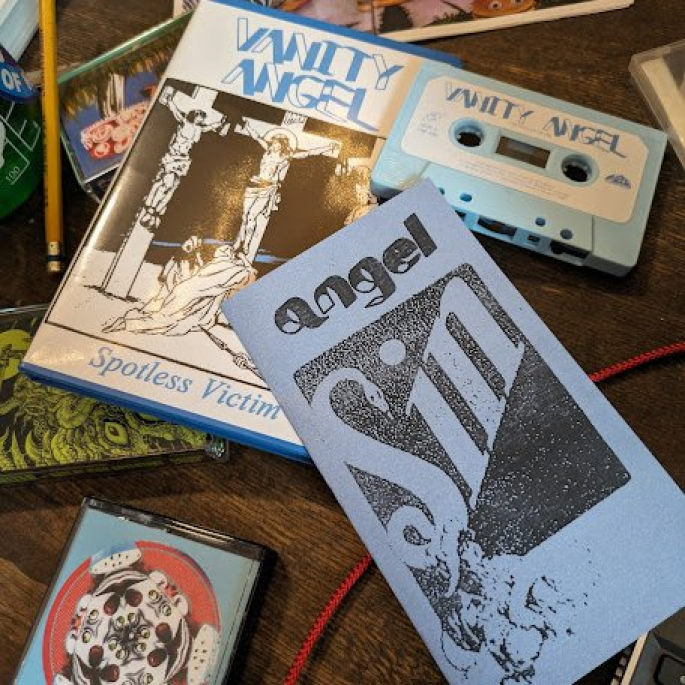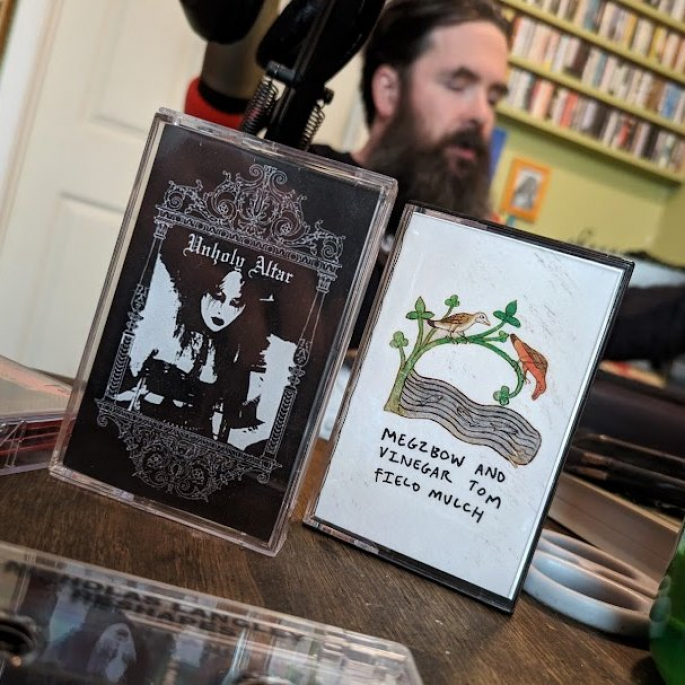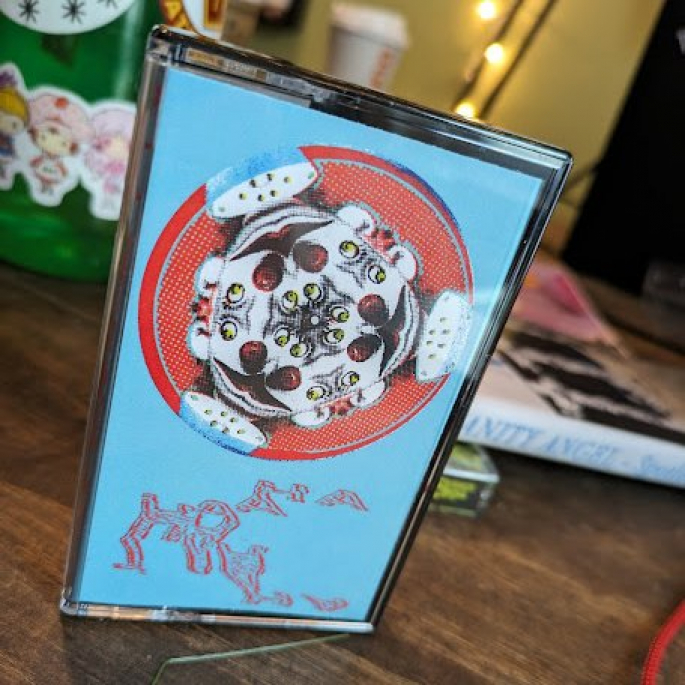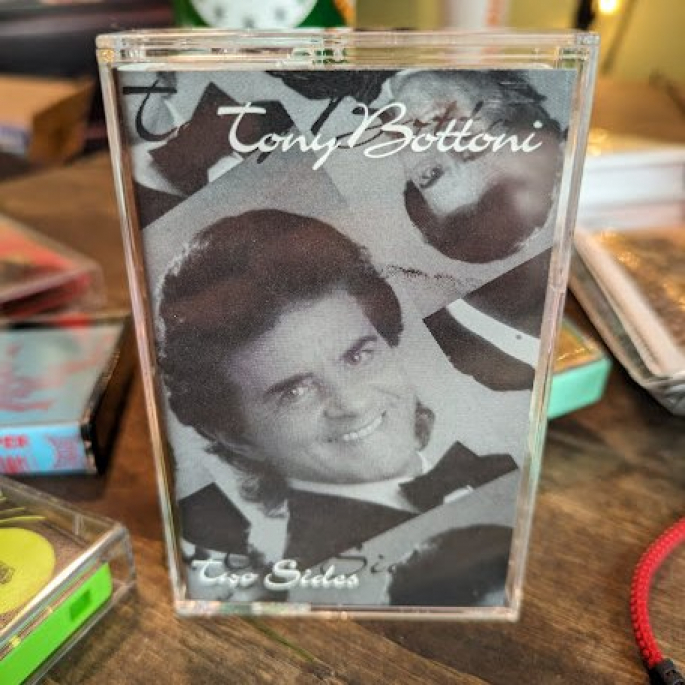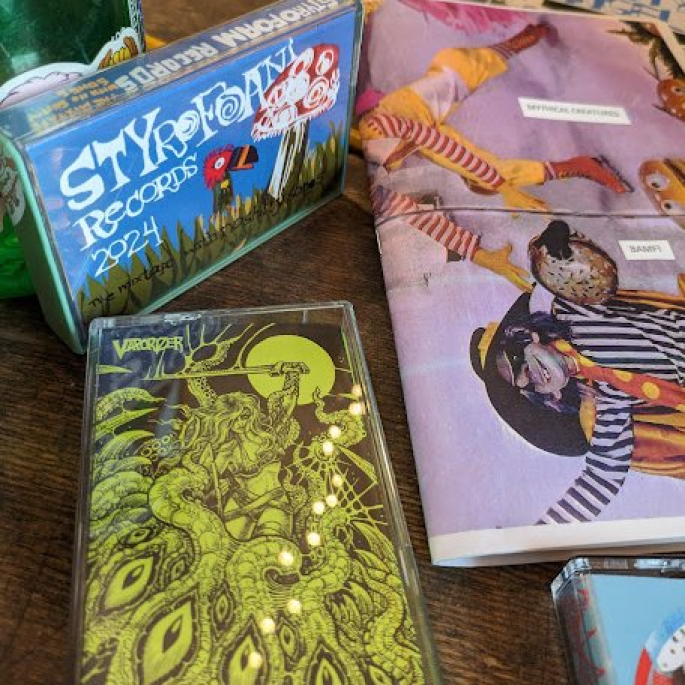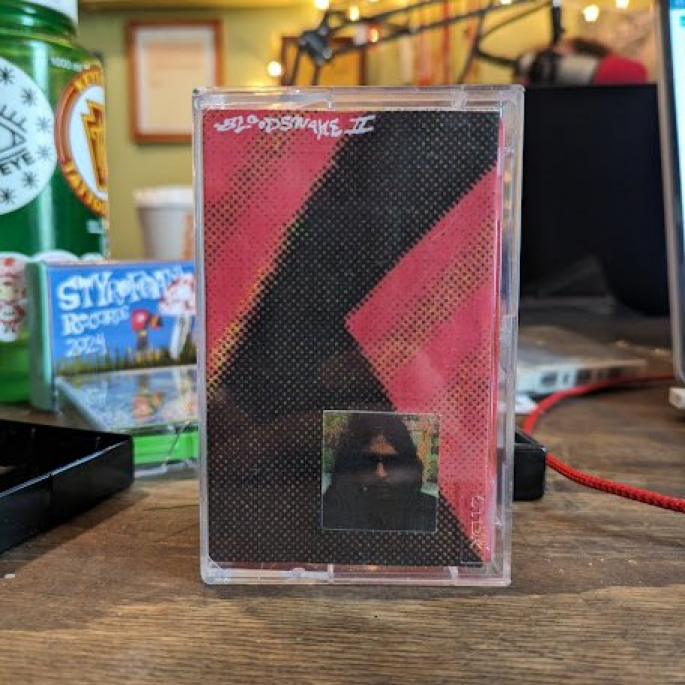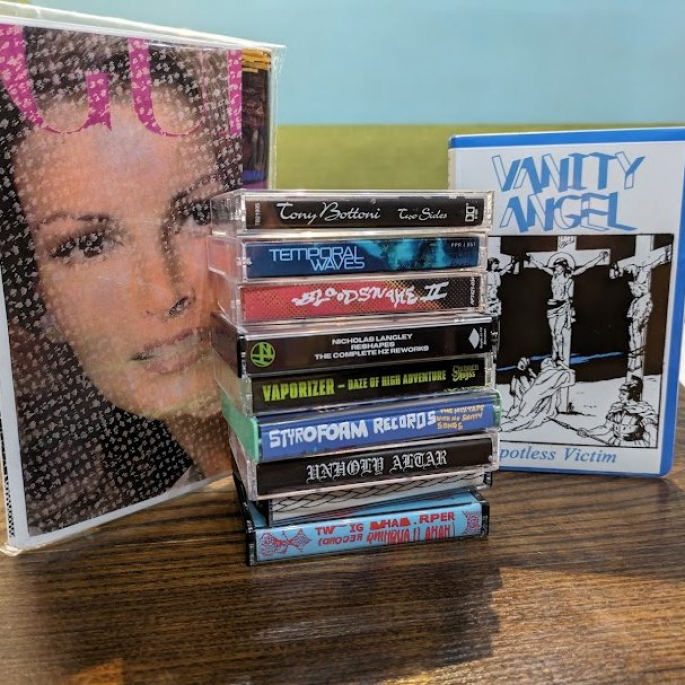Unholy Altar – s/t (self released)
Bloodsnake II (Apartment 421)
Megzbow and Vinegar Tom – Field Mulch (Sgarab Tapes)
Nicholas Langley – Reshapes (Third Kind Records)
Twig Harper – Ha Ha Laughing Record (Hanson)
Vaporizer – Daze of High Adventure (Children of the Abyss)
Vanity Angel – Spotless Victim (Crippled Sounds)
Mythical Creatures – Bamf! (Old Gold)
Temporal Waves – s/t (Linear Face/People Places)
Teacher’s Pet – Styrofoam Records: The Mixtape With No Shitty Songs comp (Styrofoam)
Birthday Girl – Styrofoam Records: The Mixtape With No Shitty Songs comp (Styrofoam)
Tony Bottoni – Two Sides (Past & Present)
download
Tabs Out | Episode 197
Episode 197
Unholy Altar – s/t (self released)
Bloodsnake II (Apartment 421)
Megzbow and Vinegar Tom – Field Mulch (Sgarab Tapes)
Nicholas Langley – Reshapes (Third Kind Records)
Twig Harper – Ha Ha Laughing Record (Hanson)
Vaporizer – Daze of High Adventure (Children of the Abyss)
Vanity Angel – Spotless Victim (Crippled Sounds)
Mythical Creatures – Bamf! (Old Gold)
Temporal Waves – s/t (Linear Face/People Places)
Teacher’s Pet – Styrofoam Records: The Mixtape With No Shitty Songs comp (Styrofoam)
Birthday Girl – Styrofoam Records: The Mixtape With No Shitty Songs comp (Styrofoam)
Tony Bottoni – Two Sides (Past & Present)
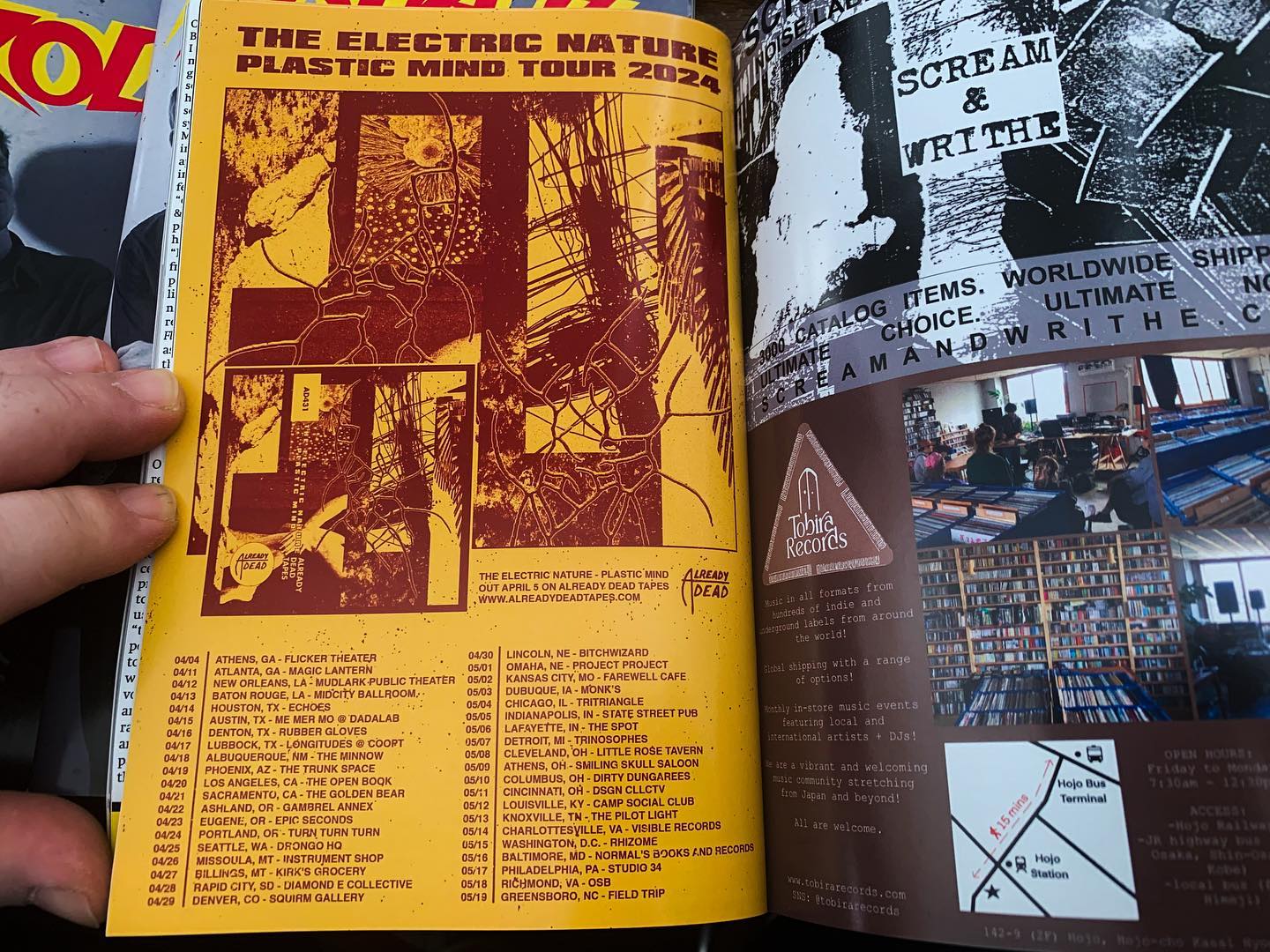
Track Premiere! The Electric Nature – Plastic Mind
4.02.24 by Matty McPherson
Tabs Out || Track Premiere! The Electric Nature – Plastic Mind
Track Premiere! The Electric Nature – Plastic Mind
4.02.24 by Matty McPherson
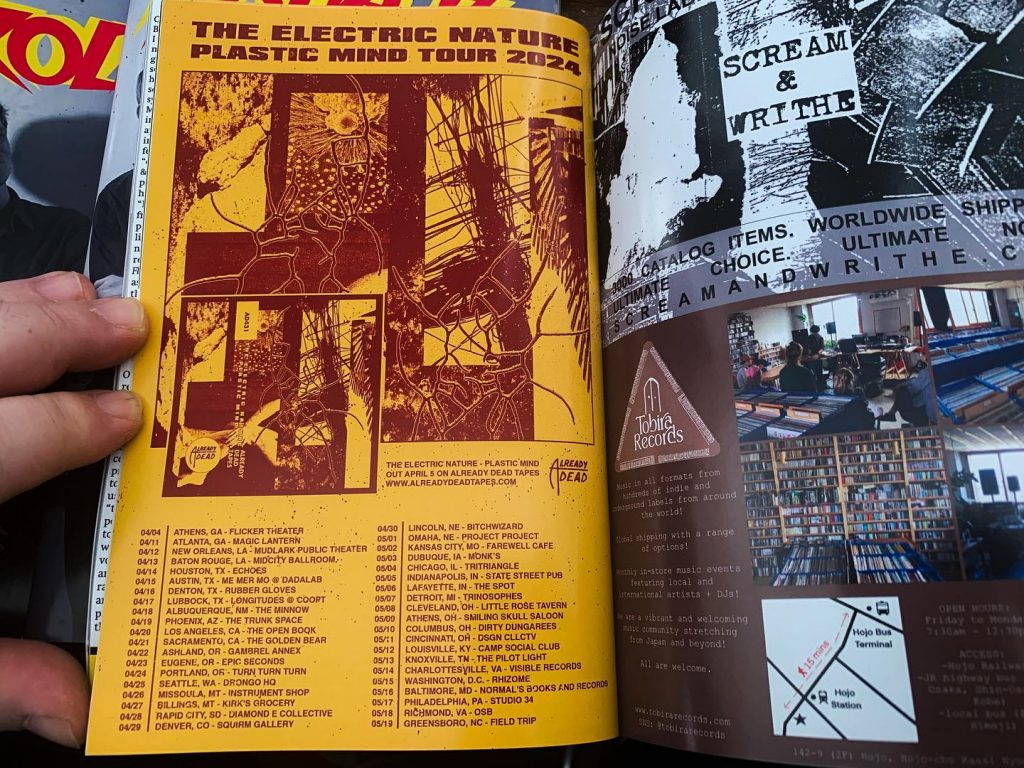
Michael Potter is back on the road, in a big way. Hopefully, by the time you read this, you’ve realized he’s headed to your corner of the DIY-quadrant (it’s nice to see a date lined up with our pals at Drongo HQ). You also probably realized that Michael Potter has got something of a new-ish album of old-ish material that’s been gestating and waiting to be dropped on us in the year 2024. Material dates back to a 2009-2010 window, from a time where the studio was a “Dell computer, a half broken Squier strat, and an earbud turned microphone”. The result of the Plastic Mind sessions came up with something Already Dead has dubbed “krautrock-trip-hop hybrid with heavy psychedelia and electronica influences”.
You’ll see a fair bit of that truly pushed to the limits on Plastic Mind. Though, to my ears, nurtured on an endless ambient dystopia of dubstep at that time (and also, coming off of revisiting some old cuts to see how dire it was), you can forego the genre labels and just enjoy the simple fact that Michael Potter made at least one VERY heady EDM cut. There’s nothing to be ashamed of regardless the simple pleasures of good wubs and that endless serotonin rusn, especially when he’s far more interested in picking at the aura and happenings beyond the drop.
The title track we’re analyzing today is as close to EDM as the lad has come in a moment. There’s a tad of Goldfrapp electrotrash running through the wubs and guitar processed noise, alongside an absolute heartthrob pulse of a bass. When Potter shreds though, that’s where the cut seems to activate it’s real veracity and drive into a sound that’s not quite for the body but the stars. It has a sound that feels parallel to the Celtic Fusion Bandcamp Daily talked about earlier this year. Regional warping and re-mapping has always played a role in Potter’s work, but never to a degree this outright ecstatic. A decade and a half after recording, it only makes more sense and feels like another portal to the Michael Potter garden of Electric Nature.
Grab the Tape on the Road (see flyer above) with Michael, or pre-order it at Already Dead for release on 4/5.
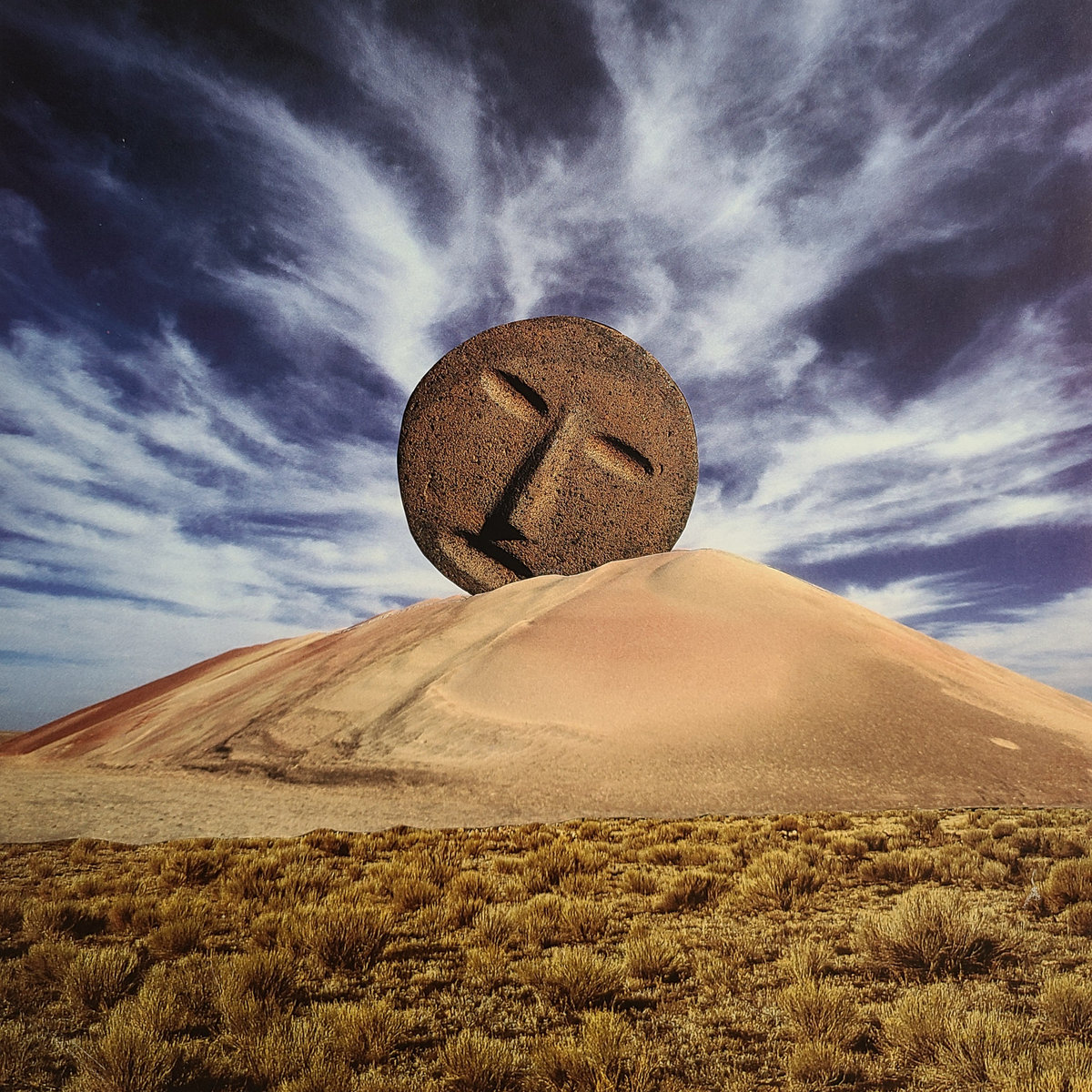
3.30.24 by Matty McPherson

